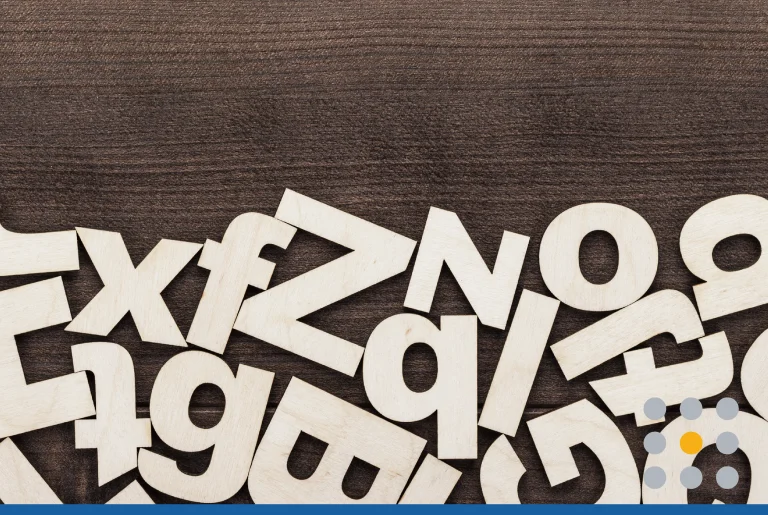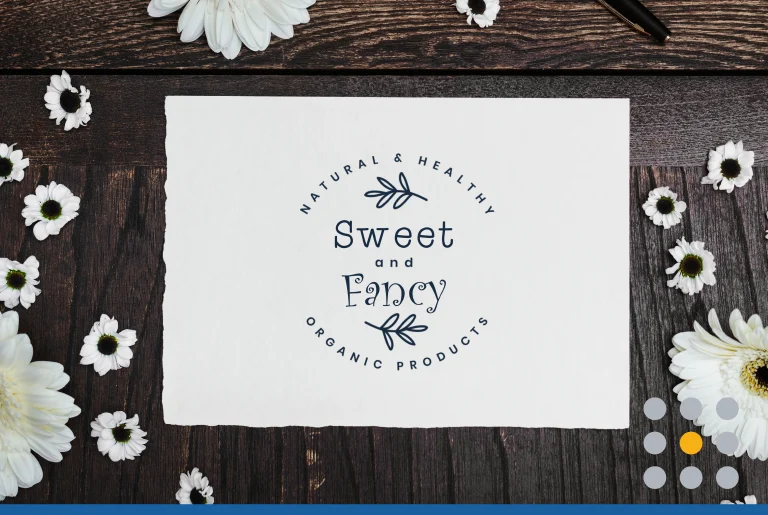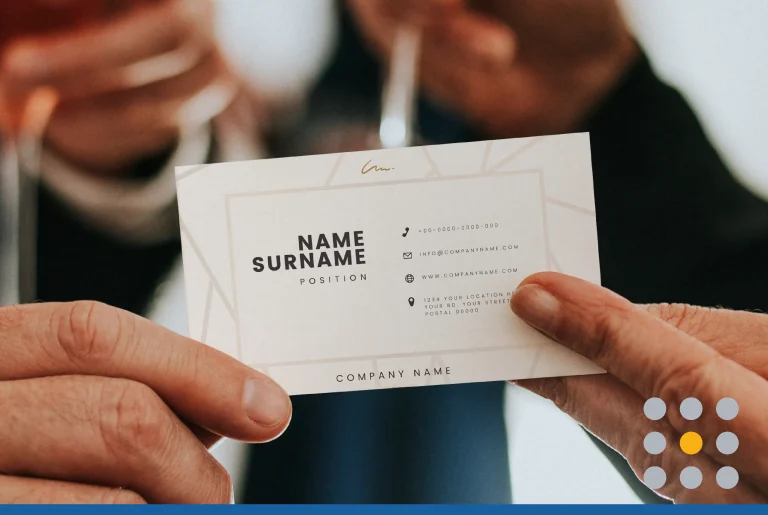Thinking about building a new branding questionnaire?
Did you know that 77% of marketing leaders say that branding is critical to their growth? Unfortunately, most small business owners couldn’t define the word “brand” much less come up with a strategy for one. It’s left to you, the designer, to hold their hands and lead them to an answer.
Sure, you weren’t trained for it, but that doesn’t matter. Not with the questionnaire we’ve designed for you below. When you’re ready to discover how to get to the bottom of your client’s branding conundrum, read on.
Start With Questions About the Company
When you build cool logos for a business, you need to start by understanding the business itself. It’s the only way you’ll gain the information you need to accurately represent them. Start the process by getting a little background information:
- What is your company’s name?
- When was your company established?
- Where was it established?
- How large is your company?
Then move on to questions about the business’s products and services. They’ll give you a good indication of which niche the business resides in. That can help reduce the time it takes you to research styles suited for the niche.
- Will you please describe your business?
- What problems do you solve for your clients?
- What services or products do you provide?
Afterward, move on to questions about how the business relates to its competitors. Researching competitors will help you understand the standards of the industry.
For instance, the logos for many banks tend toward an ocean blue or meadow green color because of the emotions those colors produce in readers. Color is imperative. Why, did you know the use of color can increase brand recognition by up to 80%?
- In which direction is your company looking to grow?
- Who are your direct and indirect competitors?
- How are they marketing themselves presently?
- What makes your business stand apart?
- What company would you like to model your business after?
The last question may reduce the time it takes you to brainstorm ideas for the logo. It depends on your client’s response. You may find great seed ideas for everything from color pallets to word choices in your logo’s subheading.
Move on to Questions About Customers
The next thing you need to understand to create a successful logo is the customer. The more you know about your client’s customer, the easier it’ll be to create a logo that speaks to them. This is critical if your client expects you to come up with a tagline or subheading.
Begin with general questions about customers. They’ll help you further define the logos colors, style, and word choices.
- Who is your target audience?
- Have you created a buyer’s persona for your target audience?
- What age group does your audience represent?
- Is your audience primarily male or female?
- Where does your audience live?
- What is your audience’s average income?
After you finish, move on to questions about the direction of your client’s business. Is your client happy with her present audience, or is she looking to expand? You don’t want to waste your time with a logo designed for an audience that your client intends to leave behind.
- Who currently uses your audience most?
- Do you intend to modify or expand your current audience? If so, how?
- How do your customers presently find you?
- How are you presently marketing your business?
- Where are you seeing the greatest success?
The last few questions may give you indications of what is already working. If it’s a specific advertisement or marketing platform, you can design your logo specifically for that channel. You may also want to design your work in a similar fashion.
Remember, it’s not always the latest design trends that steel the show. Sometimes simply imitating what’s already working will give your client the greatest return on her investment.
Then Discuss the Branding Itself
If your client has been in business for more than six months, then she already developed a branding strategy. Unfortunately, it may be rudimentary, and she may not know it exists. Such is the case with many small businesses or solopreneurs.
They know they must portray their products, and their company, in a certain light to garner customer interest. They know customers respond better to some approaches and worse to others. What they don’t know is that this stuff is called branding.
- If your customers were to describe your company in one word, what would it be?
- What one thing would you like your company to be known for?
- What values does your company hold in high regard?
- What is your company’s mission statement?
Then get a better idea of the type of logo your client is looking for.
- If you have a current logo, will you send it to me?
- What elements do you like in your current logo?
- What elements would you like to change?
- Do you use specific colors in your logo and other marketing materials?
- What about fonts, styles, etcetera?
- Does your company have a tagline or slogan?
- Where will this logo be used most often?
Some clients find it easier to evaluate their logo design from the perspective of a customer. If that’s the case, draw your focus toward the customer’s viewpoint.
- Do customers like or dislike your current logo?
- What three words would you like customers to think when they see your new logo?
You should have a clear picture of your customer’s branding at this point. The next section will help you to set it in stone.
Concrete Details Come Last
The following questions will give you concrete answers to build your logo on. Add your own to clarify any lingering points.
- Which of these words better fits your company, modern or traditional?
- Which word best describes your company, personal or impersonal?
- Are your products and services cost-effective or luxury items?
- Do you have any sample logos that you’d like me to use as starting points for idea generation?
Don’t forget to finish your questionnaire with questions about any restricts to the logo or project deadlines. If you don’t, you’ll be putting dozens of hours of your best work at risk.
What’s Next?
After you finish your branding questionnaire, be sure to send a copy for your client. Ask her to sign off on it, so you’ll have protection should she change her mind after you’ve completed half the project. And yes, it happens all the time.
Did you find the above sections helpful or altogether brilliant? Great, then please leap over to our library and peruse our other articles on all things logo related. So long and good luck!







